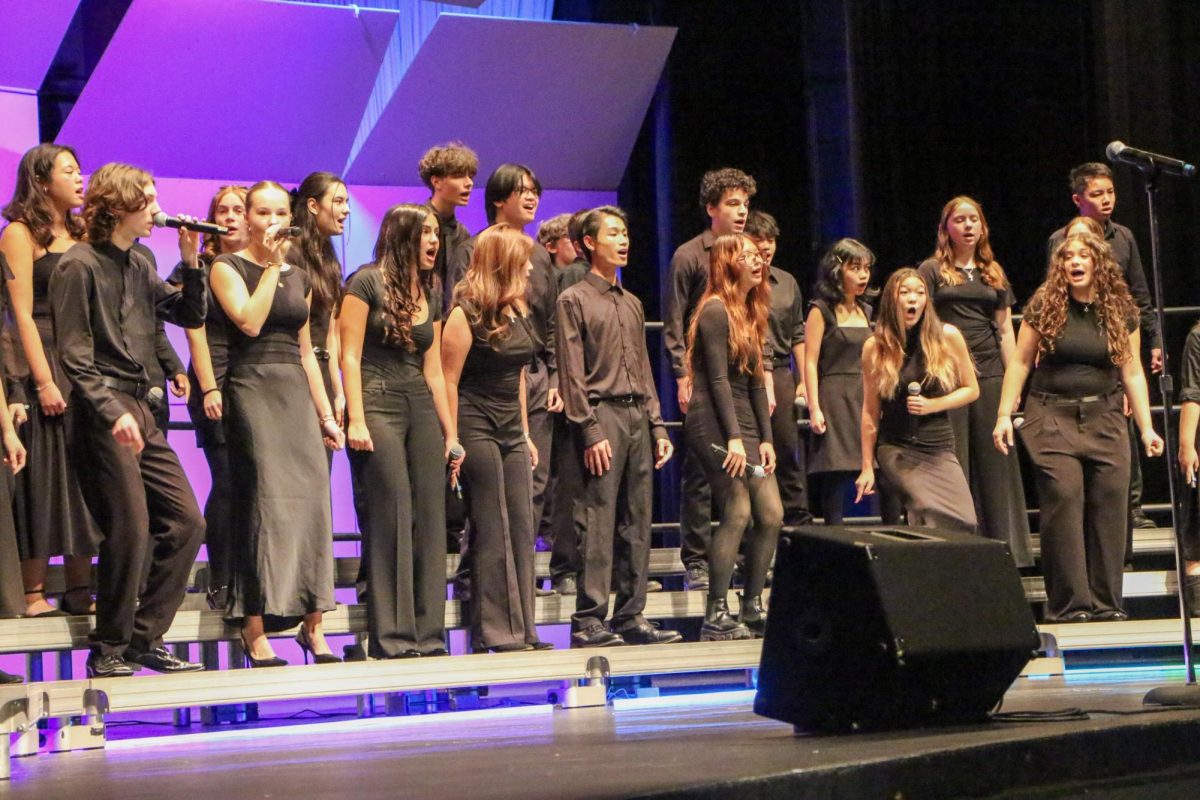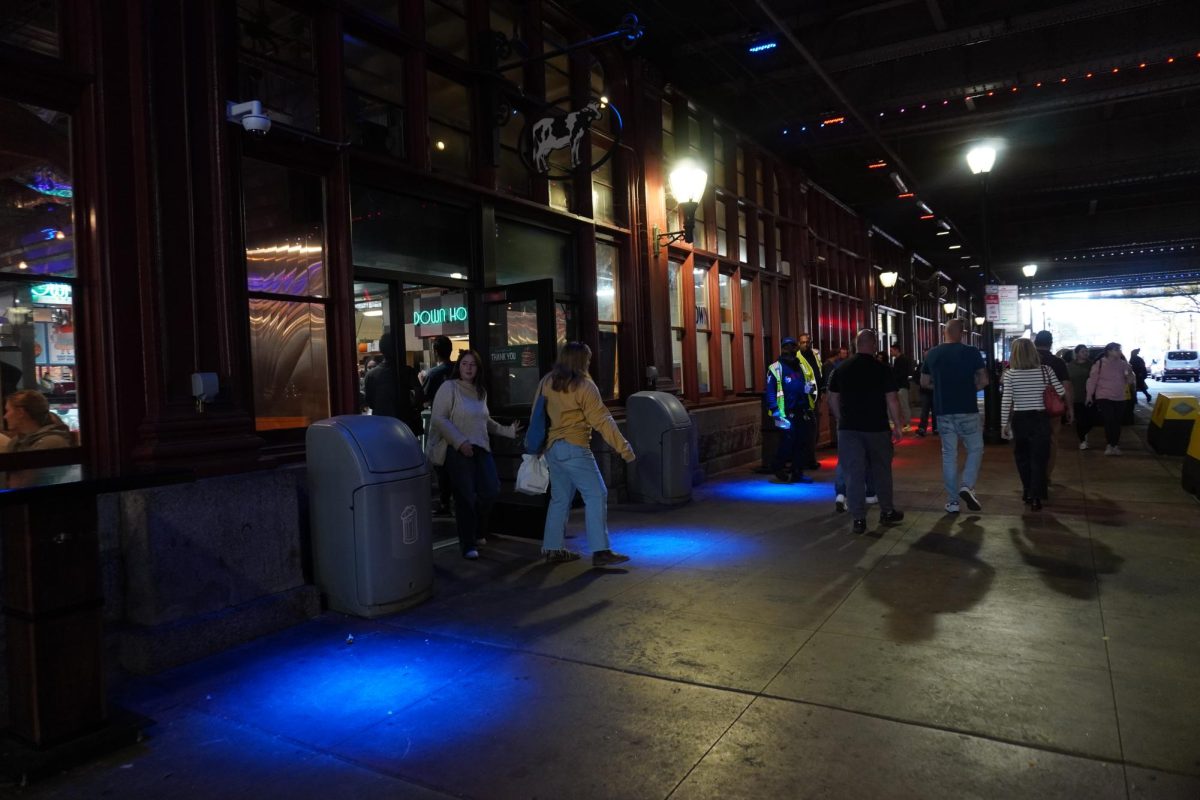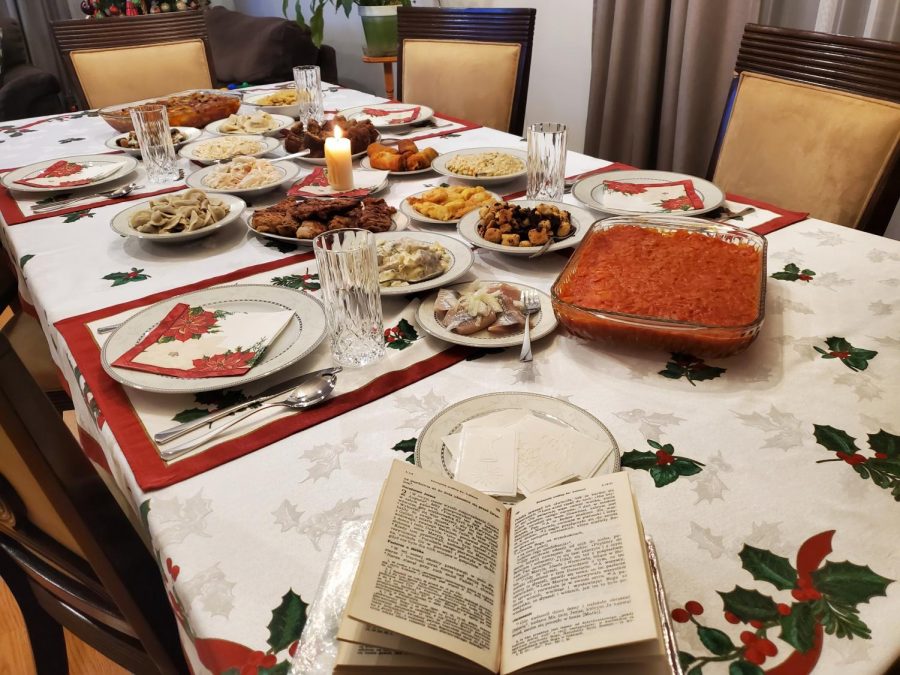It originated in Japan, and it is now being taught within the walls of Niles West. Students who decide to take ceramics are allowed the privilege of sculpting pots using an ancient Japanese method called Raku.
“It was a very ceremonial process. It was part of their Japanese tea ceremonies, and then it’s been adapted over the years,” art teacher Barbara Wismer said.
Since the completion of the pots requires being fired in special type of kiln, then placing the pots in a flaming garbage can, and finally submerging them in cold water to ensure thermal shock, the project took students outside the walls of West, and behind the bleachers of the football field.
“It’s an effect that we cannot create in the classroom with the electric kilns. The main idea is that we’re doing a reduction firing where we have to reduce the oxygen, and that atmosphere we create in those reduction cans — the garbage cans — is called a reduction atmosphere because we cut off the oxygen to almost zero, and then we get a carbon atmosphere that is actually absorbed by the pots,” Wismer said. “So if you get a crackle glaze, the cracks turn black because that’s the carbon being absorbed through those cracks or any of the other unglazed areas. The coppers, you get the flashing because when they’re sitting in that atmosphere the smoke is swirling and there’s chemical reactions taking place, so you get different variations in the glazes. If you didn’t put them into the reduction chambers, you would still get a shiny glaze surface, but you wouldn’t get any of the black, and you wouldn’t get any of the ashing because it really is a process that’s done by the smoke and the carbon.”
Students enjoyed the experience of learning Raku pottery.
“I like that this project is a surprise. I like all the anticipation leading up to it and figuring out what your final pot will be,” senior Rosalie Simovic said.
Simovic’s reaction is precisely what potter Carl Mankert, who took a Raku workshop 15 years ago and has been in love with it ever since, wanted to see in students.
“This is great for the beginners to kind of see the excitement and get instant results and instant gratification. It wraps in so nicely. This is my favorite because it lends itself so nicely to a workshop. It can be packaged into a real nice, successful workshop. We can have you be here in the morning and be cleaned up and be done by the end of the day,” Mankert said.
Senior Carly Talhami, who transferred from Regina Dominican her sophomore year, appreciated the experience more than most.
I think it’s awesome that we’re given the opportunity to do all this stuff, because [Regina definitely didn’t] have the facilties or opportunites to do stuff like this. I think it’s really cool,” Talhami said.
Wismer has high hopes that the ceramics program will continue to grow so that students may have the opportunity to really explore their skills.
“I would like to see an advanced level class put in place for students who want to go on and do AP ceramics, and possibly go to college for ceramics or some kind of career in pottery or sculpture. So we would like to see it grow. It’s been growing in popularity since it started and I would just like to see more students take the classes, and the students who are taking it, move up to a more advanced level,” she said.
According to student teacher Allison Schwartz, art is sometimes “overlooked” in certain situations due to funding.
“Art is one of the first programs that gets cut, and I think that kids can beenefit from art classes. Not just in the technical ability as far as painting and drawing and ceramics, but in their critical thinking skills as far as analyzing different things in other subjects. Also, integrating other subjects into art helps expand their knowledge,” Schwartz said.
Senior Alex Galanopolous had no idea what Raku was until it was embedded into the ceramics curriculum.
“I think it’s good because it lets us get the experience of doing this in a traditional way. It’s very fun and creative,” Galanopolous said.
Video by Michelle Sproat












